How engineers look to nature for inspiration
Ever since Homo sapiens first appeared on planet Earth, human beings have been shaping and adapting the environment to fit our needs. From clearing out caves to make a home, to planting seeds in fertile floodplains to grow crops, humanity has existed and thrived because of its relationship with nature. 250,000 years later and the relationship between man and nature has never been more strained. Global warming and climate change is an ever growing concern as the balance swings ever more towards humanity.
But it’s not always negative. Nature provides a constant source of inspiration for children, artists and even engineers. As far back as Leonardo da Vinci looking at birds and insects and wondering how they fly, engineers can solve some of design’s most complicated questions by looking at the natural world around them.
Supercars and Sailfish
Interviewed by the BBC, Frank Stephenson the design director of Mclaren Automotive revealed how seeing a stuffed sailfish on the wall whilst holidaying in Carribbean piqued his interest.
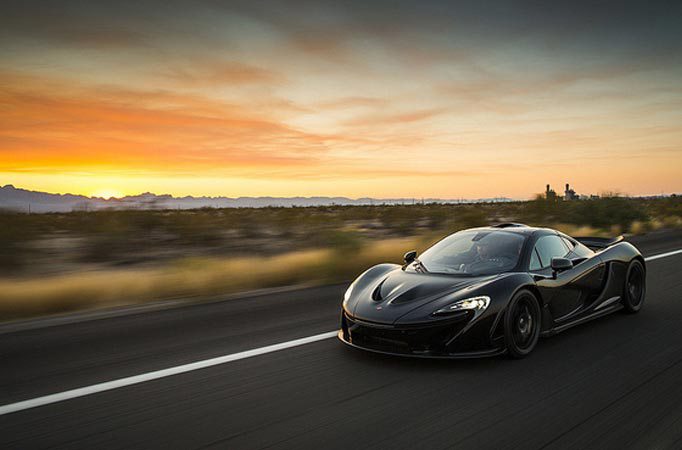
The Mclaren P1 car.
The sailfish is one of the ocean’s fastest creatures, with some recorded as reaching speeds of up to 68 mph. How it achieves these top speeds is down to some incredible evolutionary adaptations.
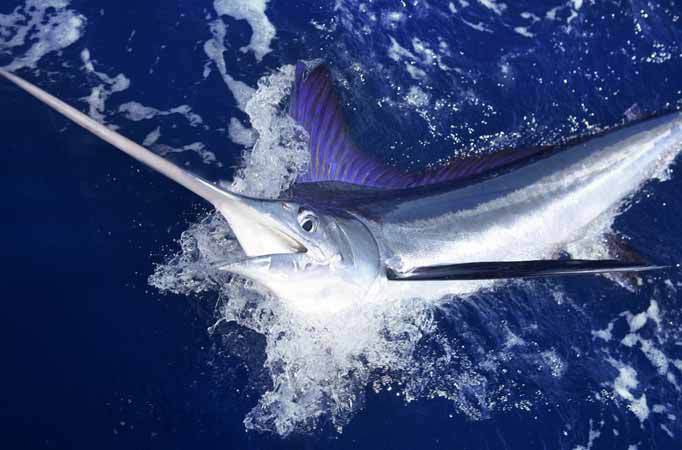
Sailfish – one of the sea’s fastest creatures
Each sailfish is covered in special scales. The way these scales are constructed creates lots of little whirlpools of air, encasing the fish in a small pocket or bubble. This bubble increases the fish’s aerodynamics by reducing drag, allowing the fish to swim quicker through the water.
Mclaren Automotive have began trying to incorporate this unique natural design into their cars. By using a similar technique in the air intake ducts, they increased the volume of air entering the engine by 17%. This technology will first appear in their P1 hypercar, which requires a huge amount of air to help aid the cooling and combustion inside the engine. The sailfish tec
Supersonic birds
Away from the water, aerospace engineers often look at birds for inspiration. Supersonic jets can fly at speeds up to and over the speed of sound – 766mph. Travelling at such high speeds comes with its own set of problems. One of the major questions faced by supersonic jet designers was how to control airflow. Air entering the engines at such speed would hit “stale air” that wasn’t moving, causing a blockage that often made engines cut out. To find out how to prevent this, they looked to the skies.
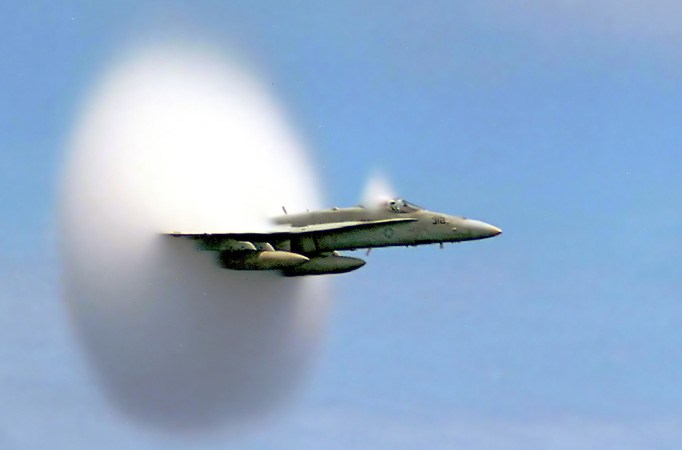
A jet reaching supersonic speeds.
Peregrine Falcons are nature’s fastest predator. They hunt by diving down from high above their prey, reaching speeds of over 200mph. Travelling at such high velocity makes breathing difficult as the air comes at you too quickly. Combined with that, the pressure of the air rushing into the lungs could cause severe internal damage. Evolution found the answer.
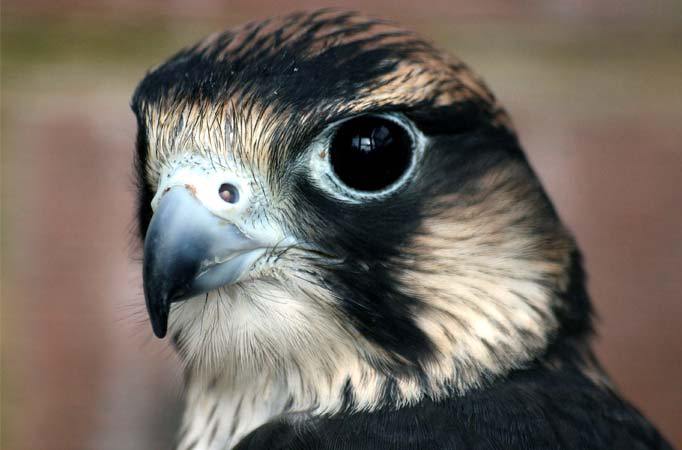
Peregrine Falcon. notice the cones visible in the nostrils.
The Peregrine’s nose has a special adaptation. On each nostril, small bony tubercules form a cone shape to help control the shockwaves from the air entering the nose. This allows the bird to breathe properly when diving by reducing the change in air pressure.
Aircraft engineers now incorporate a similar design into the air intakes on jet engines, allowing air to enter normally even at high speeds.
More inspiration from birds
When it comes to aerodynamics, it seems that birds have perfected the art. Designers have not missed this and continue to look to our winged friends for help answering engineering problems.
The Japanese bullet train or Shinkansen is a marvel of human engineering. Operating at speeds up to 200mph, the trains carry up to 151 million passengers every year. But it is not without its problems.
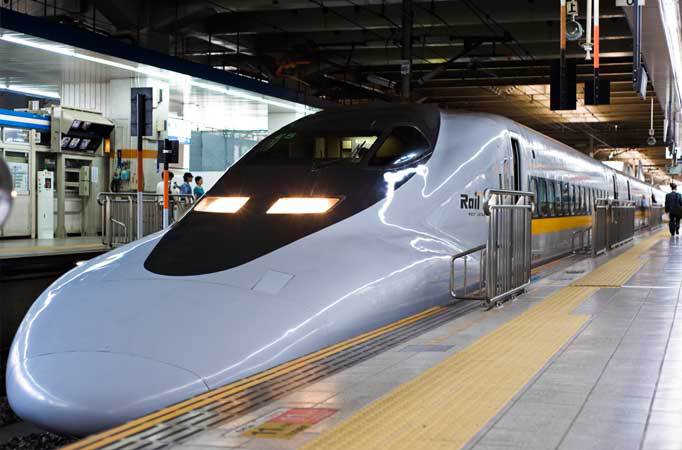
“Shinkansen” or bullet train as it’s more widely known.
One such problem is the “tunnel boom” effect. When travelling at such high speeds through tunnels, upon exit a sonic boom like effect is caused. Normally when the train travels, the air it hits flows and diffuses in every direction without trouble. But when the train is in a tunnel, the air has no place to go and becomes almost caught. This shockwave builds and pulses down the far end of the tunnel, expanding out into the open and producing the familiar boom sound. This noise pollution is a major nuisance to those living near the tracks. So how do you solve it?
One engineer saw that a solution may be present in kingfishers. Preying on fish, kingfishers dive into the water to catch their food. When they do so, they do not make a splash. This is because their beak is designed to penetrate the water without making any shockwaves that could attract their prey’s attention.
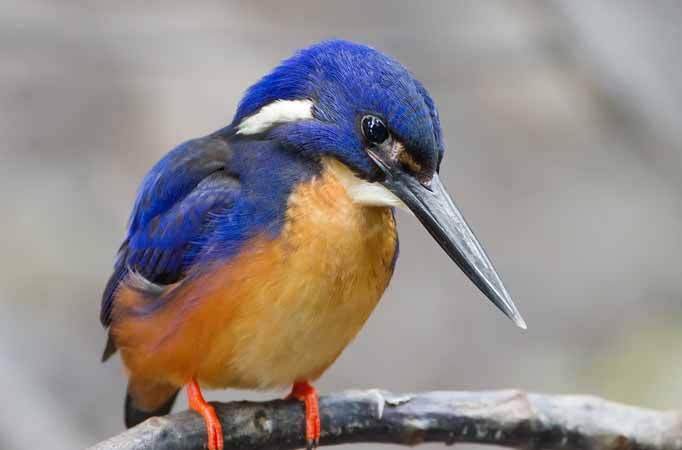
The Kingfisher and its special beak.
Engineer Eiji Nakatsu noticed this and saw potential to take inspiration from the beak for the nose design on the bullet trains. By allowing the air to flow more efficiently over the train when it enters a tunnel, not only is the sound eliminated, but it also makes a more comfortable ride for passengers. In a further bonus, electricity use was reduced by 15%, even though speeds were 10% higher than previous generations.
Toucan toughness
Another bird inspiration. This time in the big beaked shape of Toucans. Famous for their large distinctive orange bills, Toucans use their large beaks to help cool their bodies, as well as saving energy by reaching for different fruit from the same position.
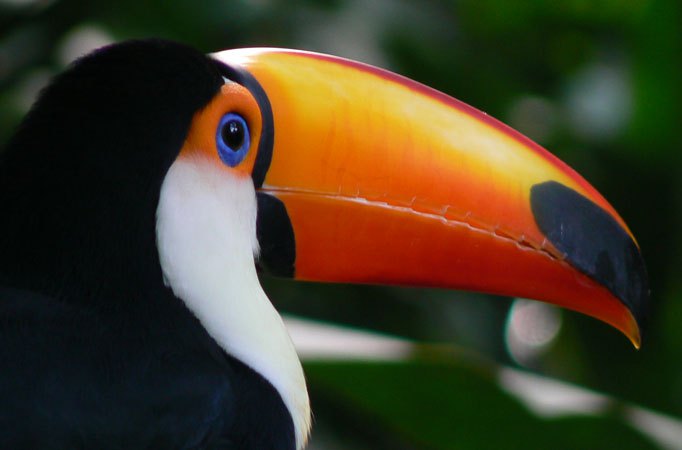
Toucan – the beak takes up 1/3 of body length but is 1/20 body weight.
What interests engineers is how lightweight the beak is. You would think something that size would weight the bird down, but the beak is just one twentieth of the bird’s weight. Not only is it incredibly light, it is also incredibly tough. This is because it is constructed out of a fibrous network of closed cells, almost like foam. Surrounding the cells is a keratin shell, keeping the cells tight together and completing the incredible combination of strength and lightness.
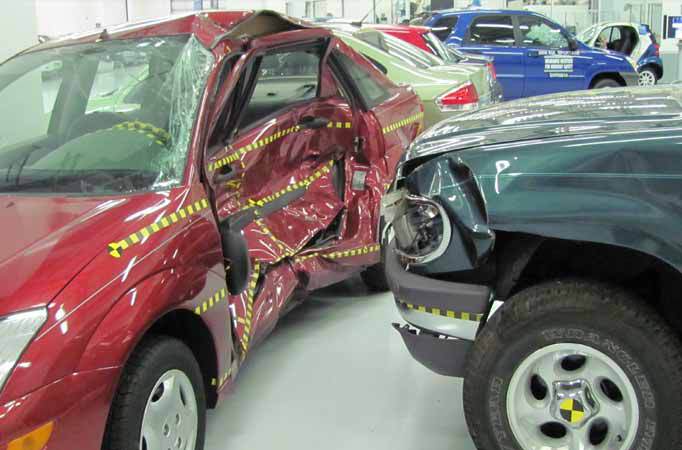
Car crash testing – could Toucan technology help make us safer?
Car designers believe that this foam like structuring could be the answer to making stronger car panels. Replicating the lightweight material could be difficult, but if engineers can then it could mean safer, lighter, more fuel efficient cars for everyone.
The Shark car
Inspiration from nature is not a recent thing. Back in the 1960s, Chevrolet were looking for a new look to model their cars on. One of their big concepts was the XP-755, also known as the Mako Shark.
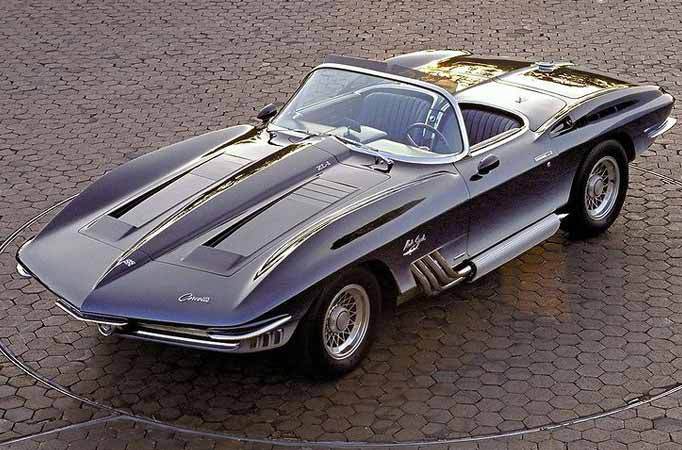
The Chevrolet Mako Shark Car
The Mako Shark was based on the animal of the same name, using the streamlining and distinctive pointed snout as inspiration. The car was a tremendous success on the auto show circuit, and despite not going into production, elements can be seen in the 1963 Chevrolet Corvette. General Motors would go on to make the Sting Ray, but not named after the creature of the same name.
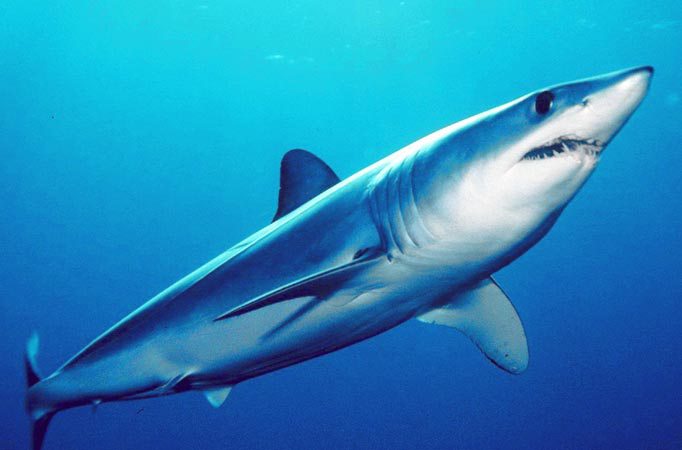
A real life Mako shark
There is an interesting urban legend to come from the Mako Shark car. The man behind the design, Bill Mitchell, was so keen on replicating the actual shark that he had one stuffed and mounted on the wall. He then insisted on the colour of the car matching the distinctive blue-grey of the shark. After many numerous attempts, the team decided that it was impossible to match the shark’s colours. So one night they stole the shark and repainted it a more reasonable colour. Mitchell didn’t realise and was apparently ecstatic when the team finally found themselves able to recreate the Mako shark’s colouring on the car.
Evolution and Adaptation in Engineering
Human engineering is incredible, but it can often struggle to overcome problems solved in nature long ago. Millions of years of evolution has meant that the animals we see today have perfectly adapted to their environment, diets, and lifestyles. Engineers can only benefit from looking at how the natural world cope with what life throws at them, using nature’s techniques to improve technology will mean that human engineering can go above and beyond nature’s limitations.
More from the Creditplus blog:
Remember playing with Micro Machines? Or pushing around Tonka toys? Then you’ll love Luke’s nostalgia filled post on childhood toys. Have a look at his top ten car toys here.
Design of a different nature as Mini collaborate with artists at the London Design Festival. Have a look at the art concocted over at Tom’s blog.
Which small car has the best boot space? We tested four of our staff members cars to see which could fit your standard family shop. Find out the results over at Rosie’s blog.

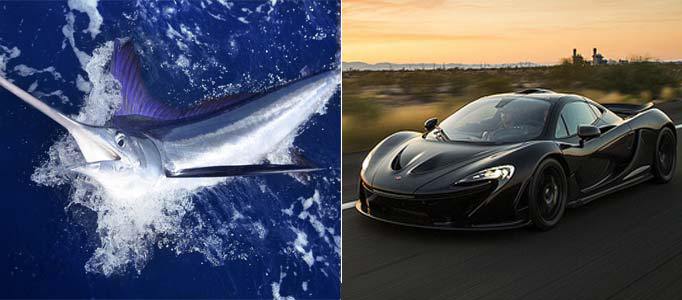



 Facebook
Facebook Twitter
Twitter Instagram
Instagram LinkedIn
LinkedIn Youtube
Youtube